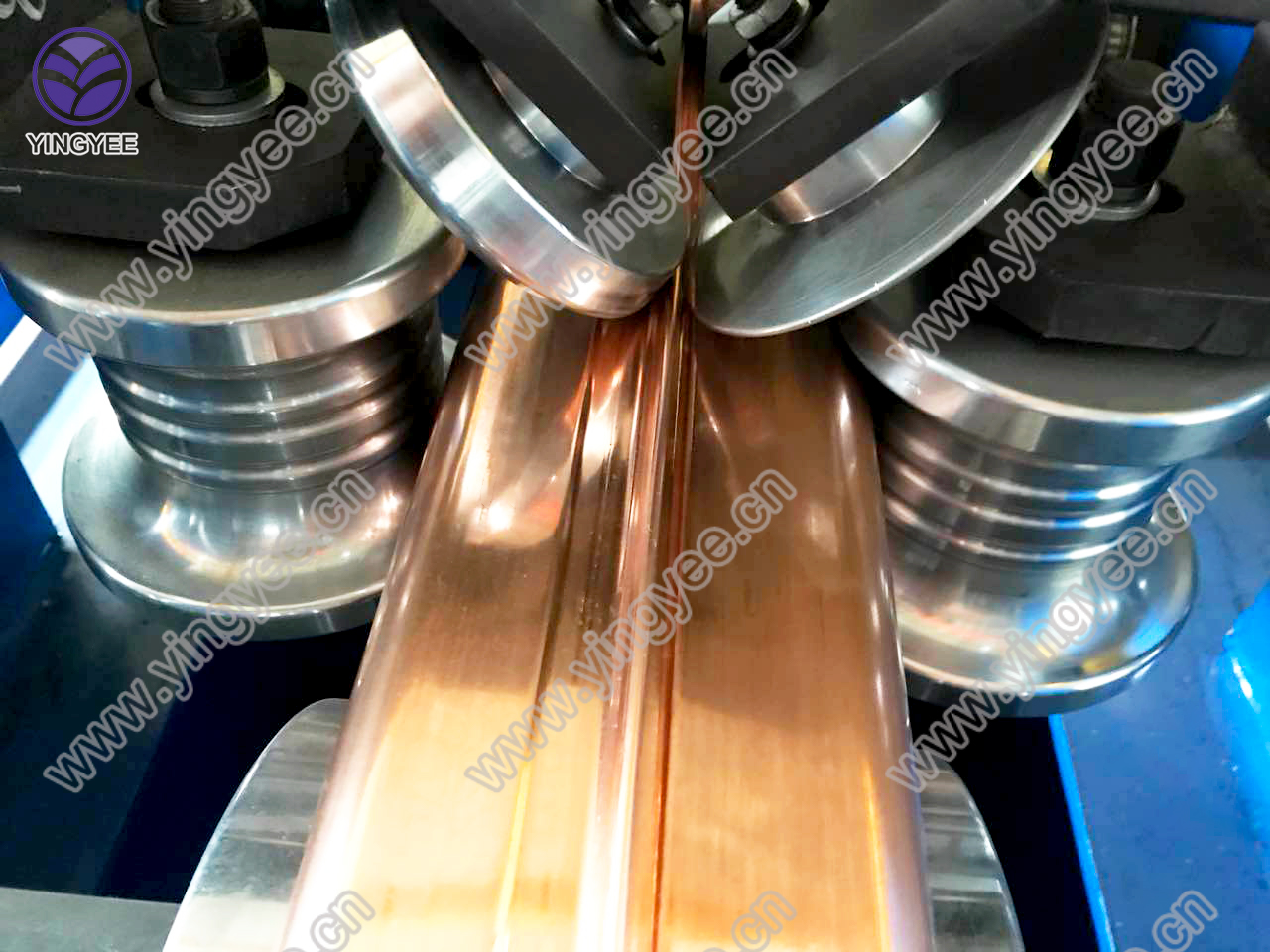
The Ceiling Bar Roll Forming Machine Revolutionizing Construction and Design
In the ever-evolving world of construction and design, efficiency and precision are paramount. One of the machines that stands at the forefront of these advancements is the ceiling bar roll forming machine. This piece of equipment has become essential in the production of ceiling grid systems, light gauge metal frames, and various other components utilized in modern construction.
What is a Ceiling Bar Roll Forming Machine?
A ceiling bar roll forming machine is an industrial machine designed to shape metal sheets into specific profiles, typically used for creating ceiling supports and structures. This machine uses a series of rollers and presses to gradually form metallic strips into the desired shape. The process is continuous, making it highly efficient for mass production.
How Does it Work?
The operation begins with feeding a flat metal coil into the roll forming machine. The machine consists of various rollers that guide the material through a sequence of operations. As the metal moves through the rollers, it is progressively bent and shaped, resulting in a finished product that meets precise specifications.
The process can be customized according to the design requirements, allowing manufacturers to produce a wide variety of ceiling grid profiles. This flexibility is a significant advantage, especially in an industry where design customization is increasingly required.
Benefits of Using a Ceiling Bar Roll Forming Machine
1. Efficiency and Speed One of the most significant advantages of using a ceiling bar roll forming machine is its efficiency. The continuous nature of the forming process allows for high production rates, minimizing the time required to create components.
2. Precision and Consistency With the advanced technology behind these machines, manufacturers can achieve high levels of accuracy in their production. This consistency is crucial for components that must fit together seamlessly in construction applications.

3. Cost-Effectiveness While the initial investment in a roll forming machine can be substantial, the long-term savings generated through reduced labor costs, waste, and increased output make it a worthwhile investment.
4. Material Utilization The design of roll forming machines maximizes material use, reducing waste. This aspect is essential not only for cost savings but also for environmental sustainability—a growing concern in the manufacturing sector.
5. Versatility Ceiling bar roll forming machines can be designed to produce various profiles and sizes, making them adaptable to different projects and client needs. From lightweight grids to heavier-duty structures, these machines can handle it all.
Applications in Construction
The primary application of ceiling bar roll forming machines is in the production of ceiling grid systems. These grids are crucial for supporting ceiling tiles, lights, and HVAC systems in commercial and residential buildings. The ability to produce these systems with precision and speed has transformed how ceiling installations are approached.
Additionally, roll formed components are used in various structural applications, including partitions, wall framing, and decorative elements. The lightweight nature of the produced components can significantly reduce the overall weight of construction materials, which in turn can lead to lower transportation costs and simplified handling on-site.
Future Trends
As technology continues to advance, the ceiling bar roll forming machine is likely to see further innovation. Integrating smart technology and automation into the production process could enhance efficiency and reduce human error. Additionally, the development of advanced materials may lead to new possibilities in design and application, pushing the boundaries of traditional construction methods.
In conclusion, the ceiling bar roll forming machine represents a significant advancement in the manufacturing of construction components. Its ability to produce high-quality, precise products quickly and efficiently makes it invaluable to modern construction practices. As the industry continues to evolve, these machines will undoubtedly play a pivotal role in shaping the future of construction and design. Whether for massive commercial building projects or small-scale renovations, the impact of roll forming technology is poised to grow, giving constructors the tools they need to meet the challenges of the future.